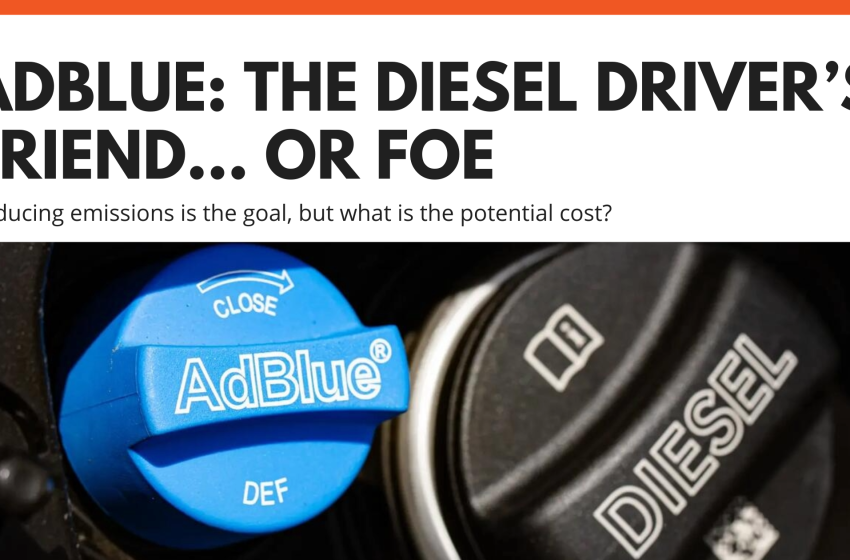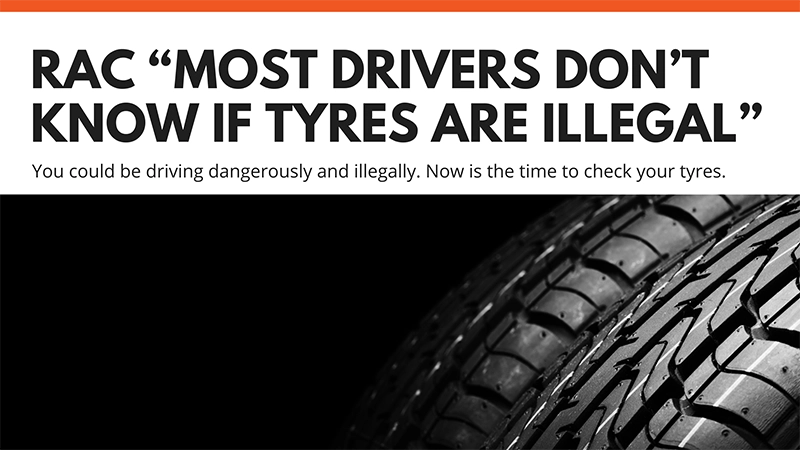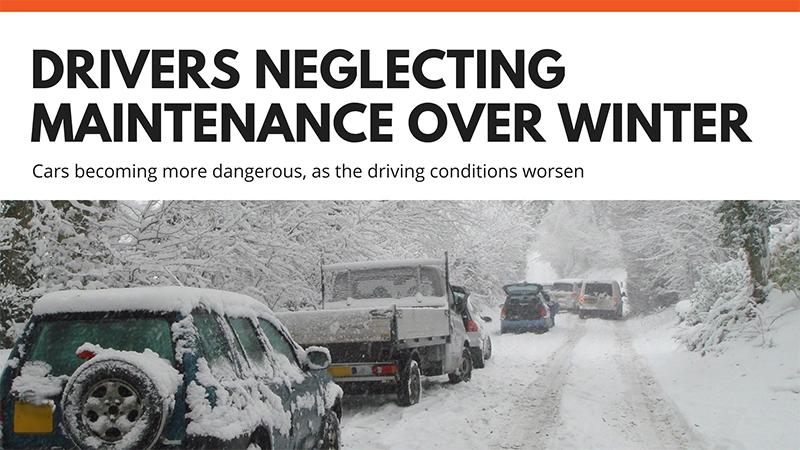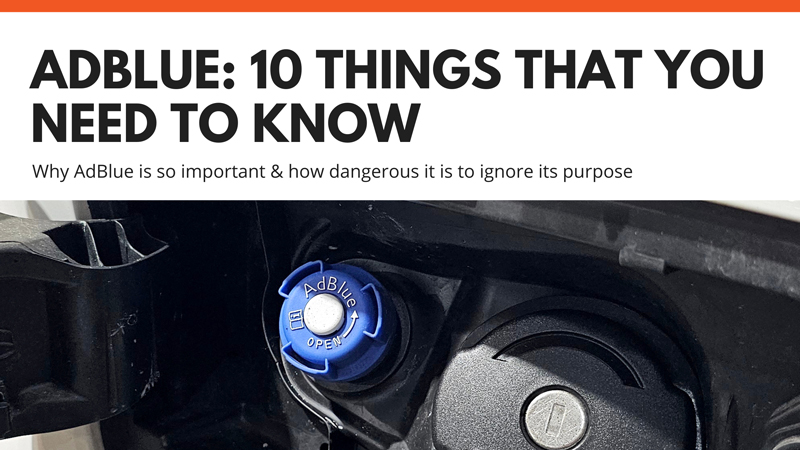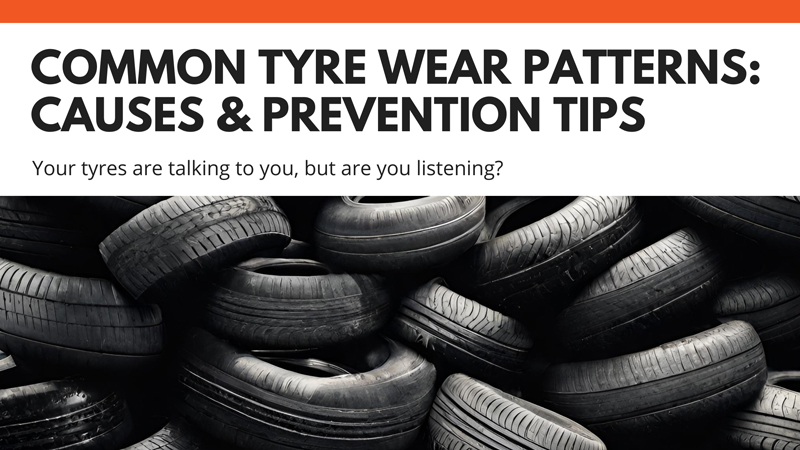MOT Checks
Lights
Your front, rear, fog, brake, registration plate and indicator lights, and rear reflectors must all be in good condition, not obscured, and positioned correctly.
All lights must show the correct colour (having a slight blue tinge to your headlights is classed as acceptable as long as the predominant colour is white), they must illuminate with a single operation of the switch, and must not be affected by any of the other lights.
Lights that are paired, such as headlights and brake lights, must be the same, giving off the same colour, size, and shape of light.
Your headlight aim for both full beam and dipped beam should be below the horizon to ensure it doesn’t dazzle other drivers.
Horn
Your horn must give off a continuous, uniform note and must be loud enough to be heard by nearby road users.
Battery
Your battery must be securely in place and must not be showing any sign of leaking electrolytes.
Electrical Wiring
The wiring must be secure and not damaged at any point where it may be likely to detach or short-circuit.
Cars with a Tow Bar
If you have a tow bar on your car, this needs to be correctly connected to ensure it can connect with your brake lights. The tow bar must also be a good condition.
Steering
The MOT tester will check that the steering wheel is in good condition and is secure. They do this by pushing the steering wheel in different directions and checking for signs of damage and wear, and tear.
Suspension
When checking suspension components and shock absorbers, the testers are looking for excessive damage, including corrosion, distortion, and fractures.
Brakes
Did you know that almost 10% of MOT tests are failed due to brake issues? Your pedals, brakes and levers should all be in good condition with all the relevant lights working. The tester will then do a brake performance test to check brake efficiency.
Tyres and Road Wheels
Firstly, your tyres must be suitable for your vehicle. The tread depth must be at least 1.6mm, and the MOT tester will ensure that there are no cuts larger than 25mm, as well as check for bulges, lumps, tears, tread separation, or exposure of the cord.
If your vehicle uses run-flat tyres, then the warning light must be in full working order.
Seat Belts
It isn’t necessary, but it is recommended to plug in all your seatbelts before bringing your vehicle in for MOT. This allows you to see whether any of the buckles are having trouble connecting before the test begins, giving you time to get any issues repaired.
The tester will need to ensure that all of the seatbelts, including the attachment and adjustment fittings, are the correct length and are all in working order. You can test your seatbelts at home by simply giving them a quick, sharp tug – you should be able to feel the resistance. If not, get in touch with us straight away!
Body
Now it’s time to give the car’s body a once-over. The tester will be inspecting the full body, including the chassis, engine mountings, seats, bonnet, doors and boot. Each of these areas must not show excessive signs of corrosion and absolutely must not have any sharp edges that could cause injury.
Registration Plates
You must clearly display your registration plate at the front and rear of your car. They must be clean, clear, and legible enough for someone to read from 20 metres away. On top of that, the characters on the plate must be easily distinguished, and the spacing must be as follows: AB12 CDE.
VIN
The VIN is the Vehicle Identification Number that must be displayed on all vehicles. Don’t worry if you have never seen this before – they are sometimes quite subtle. You can usually find your VIN on the inside of a door or on the VIN plate.
Speedometer
Your Speedometer must be securely fitted and it must have a slight glow coming through to illuminate the dial. You won’t fail your MOT if the glass is cracked, as long as you can still read the speed.
Exhaust System
The exhaust system needs to be secure and without any leaks. If when your car was first made, it came with a catalytic converter, it must still be there.
If you have noticed any strange rattling or unknown noises coming from your exhaust system while your car is running, you should let the garage know, as there may be an issue that needs addressing before you have your MOT test.
Emissions
Your vehicle gives off carbon monoxide and hydrocarbon emissions and these must fall within the legal limit. The MOT tester will use a gas analyser probe to test the smoke being emitted from the exhaust. They will also check to see whether there is an excess of smoke being emitted – this could end in an MOT failure.
You can support the emissions test by topping up your engine oil and fuel levels before the test.
Mirrors and Wipers
You must have a clear view of the road whilst driving. Both your rearview and wing mirrors must be secure and offer adequate views of the side and rear of the vehicle. Your wipers and washer fluid must be able to clear enough of the windscreen to provide the driver with an acceptable view of the road.
We advise checking for cracks or damage to your mirrors that lower visibility and getting these fixed before your MOT test is due. You can also give your wipers a quick check-over to ensure they don’t have any signs of damage.
Windscreens
The section of the windscreen that is directly in front of the driver shouldn’t contain any damage or obstruction to their view that is larger than 10mm. Outside of this area, but still within the swept area of the windscreen, damage and obstructions aren’t allowed to be any larger than 40mm.
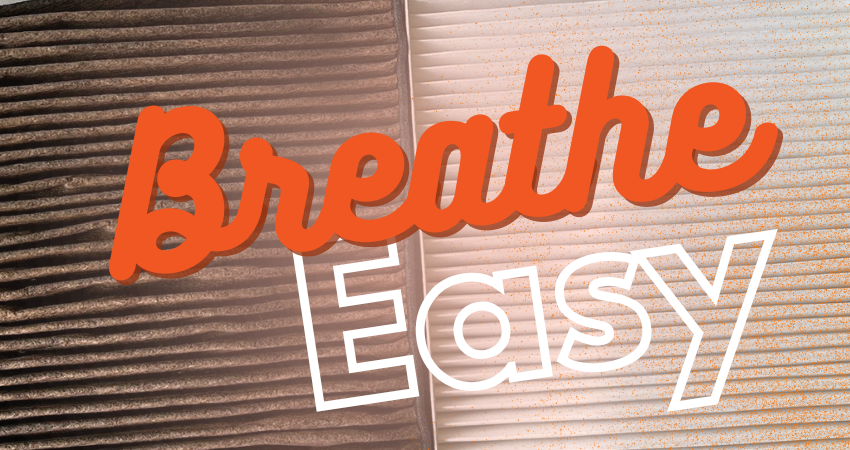 30th July 2025
30th July 2025




